BMW i Concept Spyder
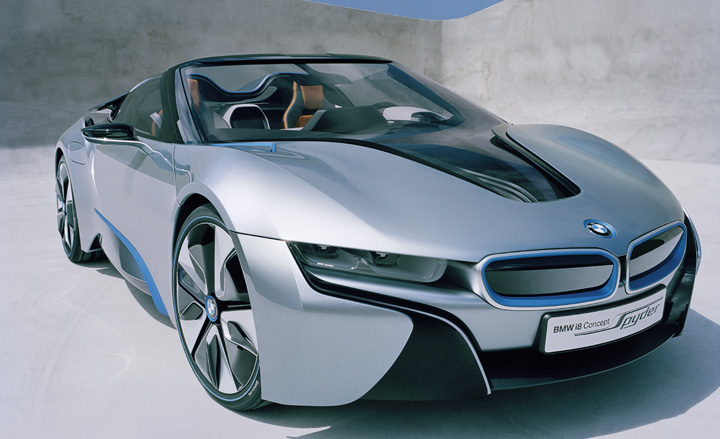
The BMW i8 Concept Spyder makes a dramatic first impression. From the doors that swing upwards like wings to reveal the elegant carbon-fibre cabin, through to the curvaceous, sinew-like bodywork, every element showcases innovation and change.
BMW is at the forefront of this new wave of automotive technology, having spent years developing what will stand alone as an all-new sub-brand, BMW i, to launch worldwide in 2013. BMW's i cars represent a massive technological advance, but they also retain BMW’s core values at their heart, ensuring that desire remains an integral element of the next generation of cars.
The BMW i8 Concept Spyder is the third vehicle to debut under the BMW i name, alongside the original BMW i8 and smaller BMW i3. The open-topped two-seater combines supercar performance with supermini frugality - it's next-generation technology swathed in a carbon fibre-reinforced plastic body shell, nipping and tucking its way around the structure to form a voluptuous cloak.
BMW has drawn on the aesthetic language of auto, aero and architectural design to create these new cars, exploiting the potential unwrapped by CAD modelling, prototyping and parametric design. The elegance of the form demonstrates the flexibility of BMW’s newly engineered eDrive architecture, the drivetrain at the heart of all BMW i models, coupled with ultra-light bodywork and chassis.
Lightness is the only sensible strategy for electric and hybrid mobility, given the weight penalty incurred by modern battery technology: make a car light and strong, and you make it efficient. The battery pack's low centre of gravity and eDrive's instant delivery of power create a dynamic, sporting experience, two qualities that are an integral part of BMW’s brand DNA.
‘This car is about the experience of driving an electric car with an open roof without engine noise,’ says BMW i’s head of design, Benoit Jacob. The i8 Concept Spyder offers highly competitive performance, with a top speed of 155 mph and the ability to reach 62mph from rest in just five seconds. Yet fuel consumption is 94 mpg and the car can travel 19 miles on electric power alone.
Hardware and software are coming together to shape the way we use our cars. BMW i is at the forefront of this new era of digitally-driven mobility, making our pathways through cities more efficient and pleasurable. The BMW i8 Concept Spyder is modernism defined, a synthesis of design and technology that will soon be taking to the roads.
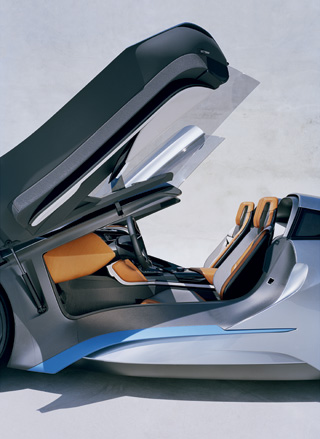
Their shape accentuated by a blue flourish, The BMW i8 Concept Spyder's doors swing upwards like wings, revealing the elegant carbon-fibre cabin. Occupants sit in a highly integral position, low in the car, and are separated by the battery, which runs lengthways through the interior
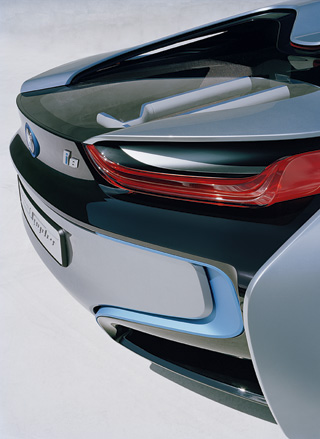
'The concept's rear fender goes in every direction; its a complex design that uses only a single piece of thermoplastic. It would be impossible to achieve using conventional construction processes,' says Benoit Jacob, BMW i's head of design
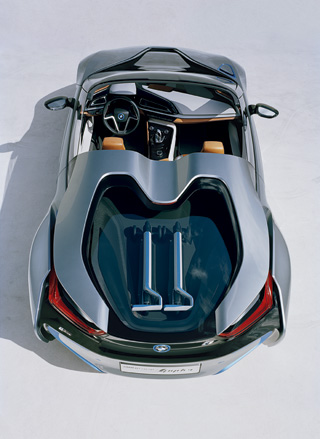
The use of LifeDrive technology leaves plenty of space in the package for two kickboard electric scooters designed 'to get you the last extra mile in a clever, efficient manner'
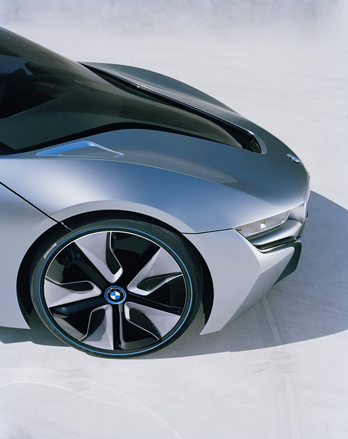
The BMW i8 Concept Spyder carries a full suite of next-generation in-car connectivity technology, including a collision warning system, automated parking assistant and even a traffic jam assistant
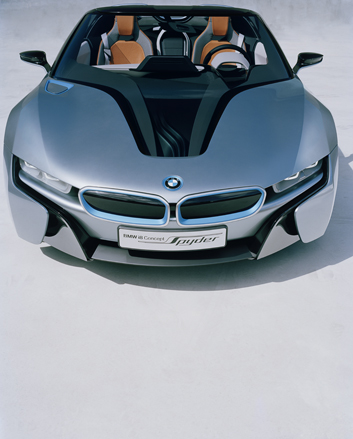
'The BMW i3 and i8 have a shape language that's different from BMW cars, because the materials and technologies are different. LifeDrive, carbon fibre, composites - they all save weight and give us totally new options and ways of building a car' says Jacob
Receive our daily digest of inspiration, escapism and design stories from around the world direct to your inbox.
Jonathan Bell has written for Wallpaper* magazine since 1999, covering everything from architecture and transport design to books, tech and graphic design. He is now the magazine’s Transport and Technology Editor. Jonathan has written and edited 15 books, including Concept Car Design, 21st Century House, and The New Modern House. He is also the host of Wallpaper’s first podcast.
-
 This cult Los Angeles pop-up restaurant now has a permanent address
This cult Los Angeles pop-up restaurant now has a permanent addressChef Brian Baik’s Corridor 109 makes its permanent debut in Melrose Hill. No surprise, it's now one of the hardest tables in town to book
-
 French bistro restaurant Maset channels the ease of the Mediterranean in London
French bistro restaurant Maset channels the ease of the Mediterranean in LondonThis Marylebone restaurant is shaped by the coastal flavours, materials and rhythms of southern France
-
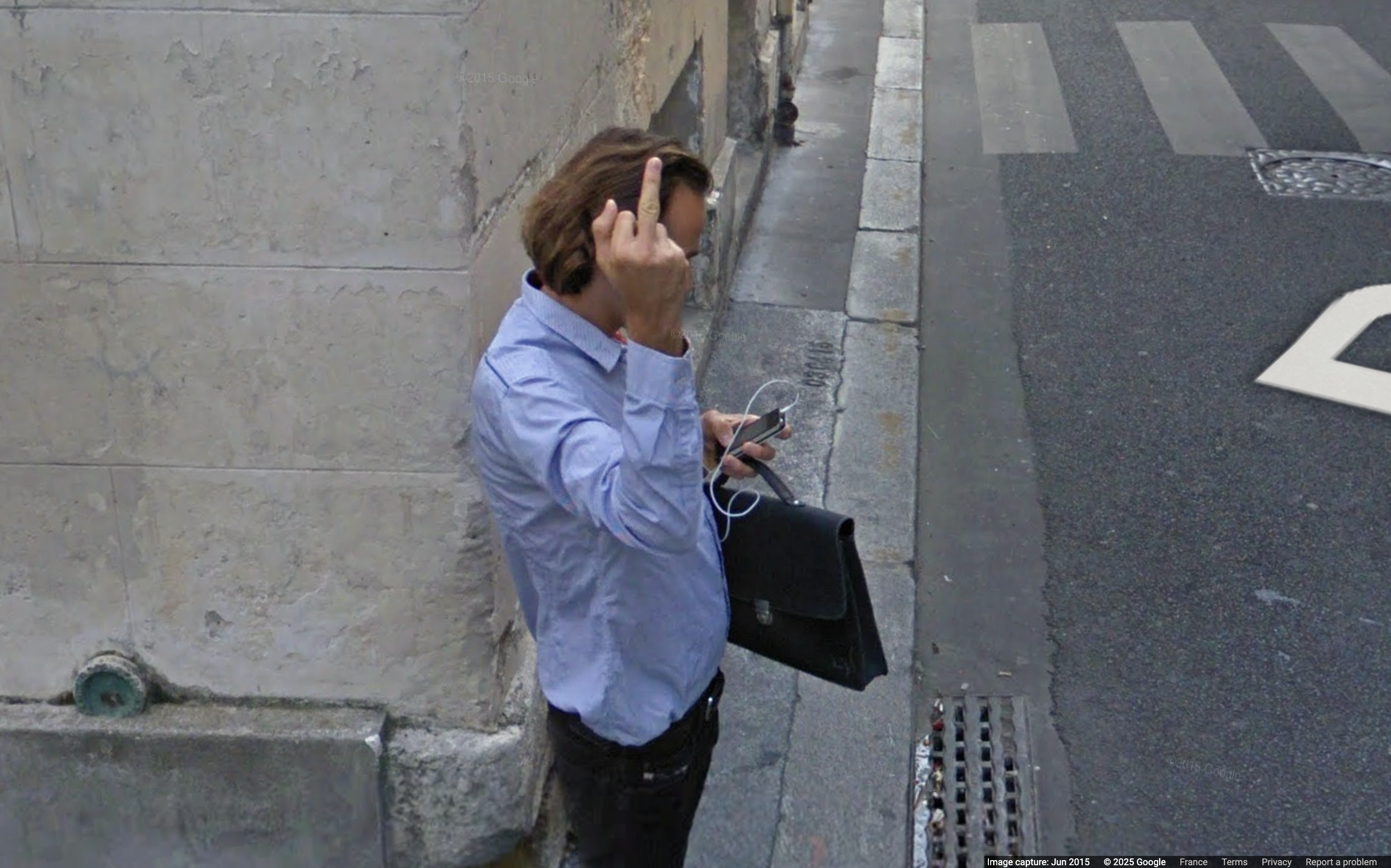 How ethical is Google Street View, asks Jon Rafman in Copenhagen
How ethical is Google Street View, asks Jon Rafman in CopenhagenIn 'Report a Concern - the Nine Eyes Archives' at Louisiana Museum of Art, Copenhagen, Jon Rafman considers technology's existential implications
-
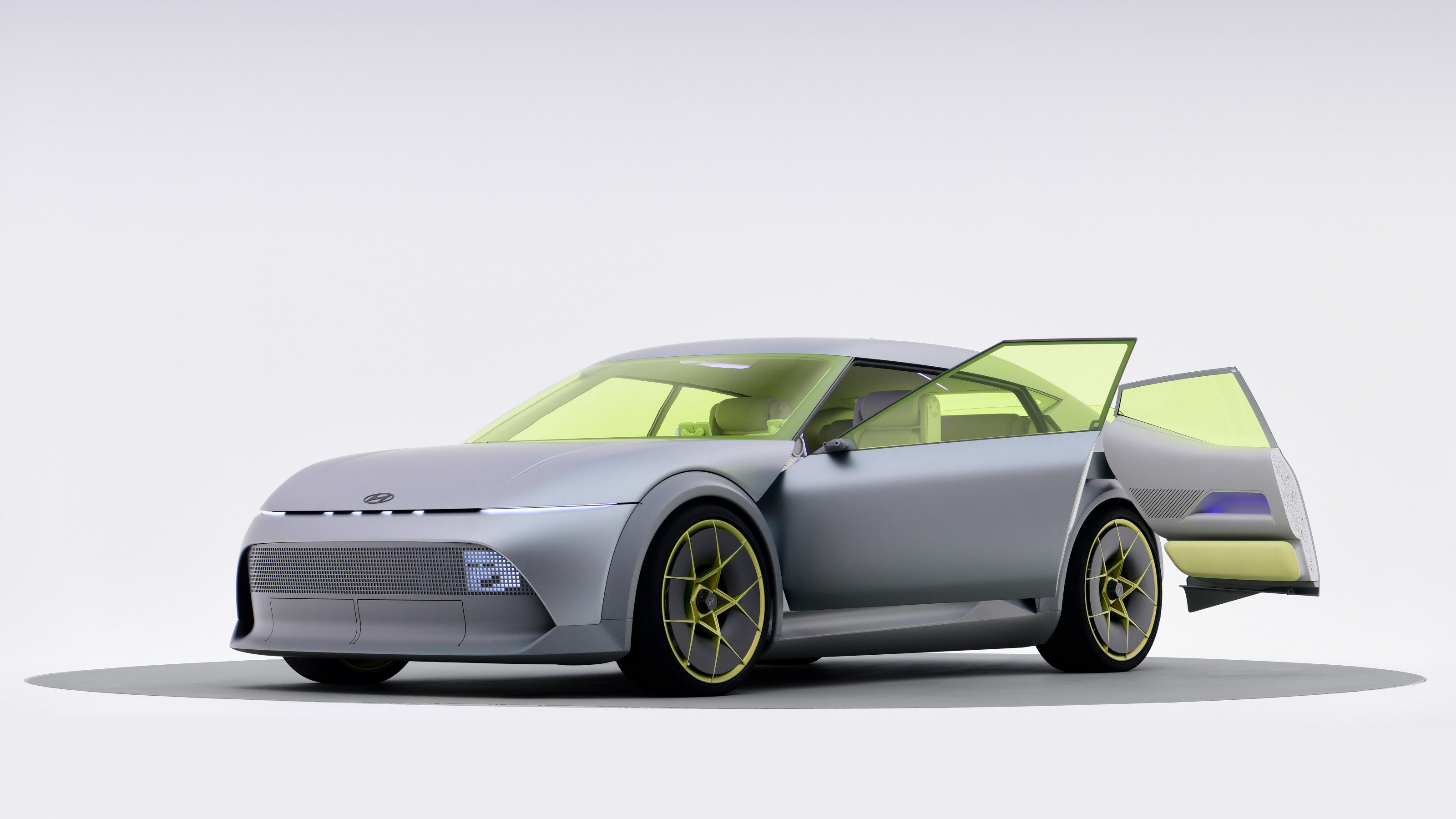 All the new electric cars and concepts revealed at Munich’s IAA Mobility 2025
All the new electric cars and concepts revealed at Munich’s IAA Mobility 2025Munich’s alternative motorshow is now in its third iteration, combining a traditional exhibition space with a conference and large-scale public activations on the streets of the city
-
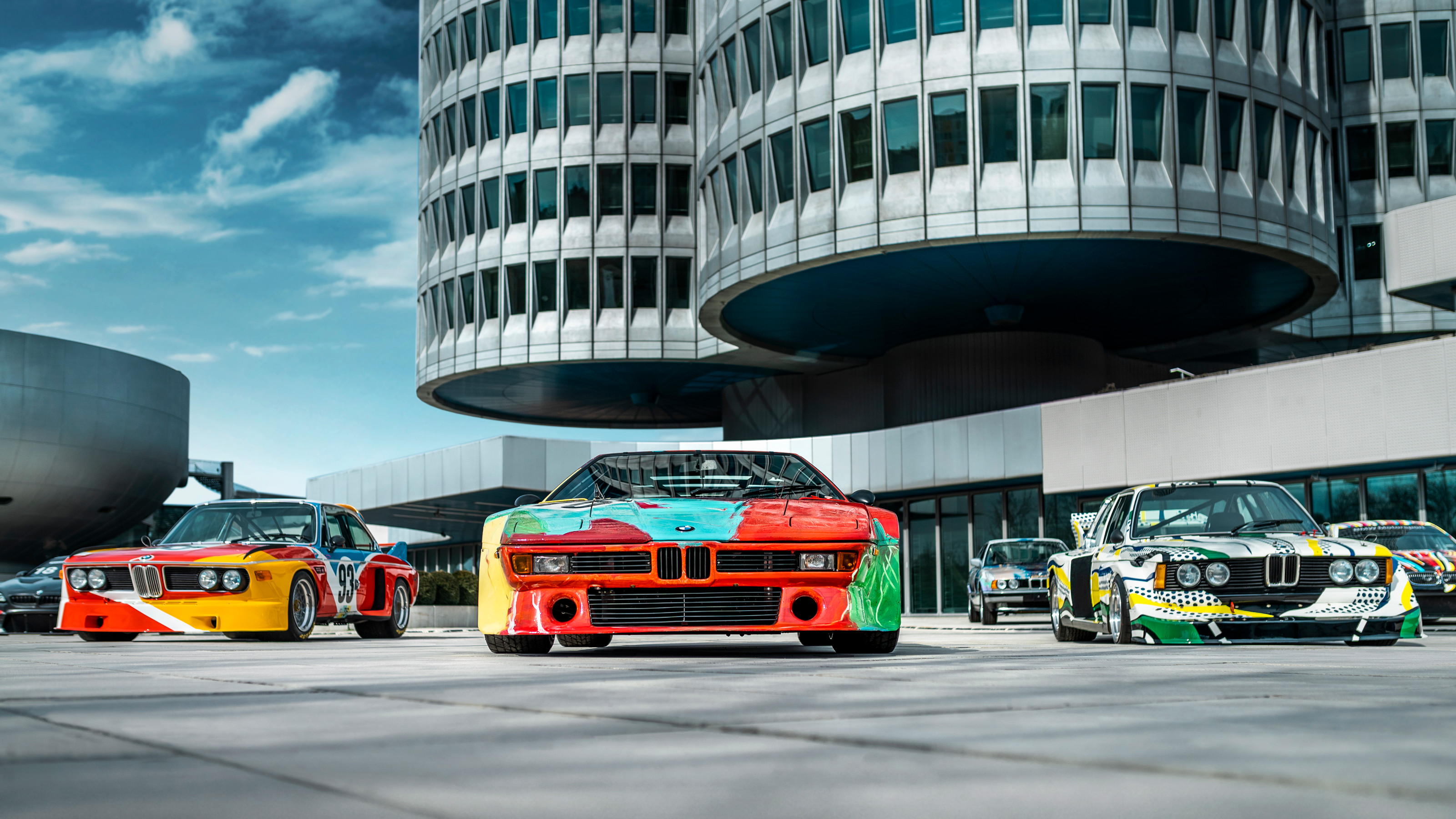 BMW celebrates half a century of its pioneering Art Car project with exhibitions and more
BMW celebrates half a century of its pioneering Art Car project with exhibitions and moreWe present a portfolio of the artists who have contributed to 50 years of BMW Art Cars, including Andy Warhol, John Baldessari, Jenny Holzer and David Hockney
-
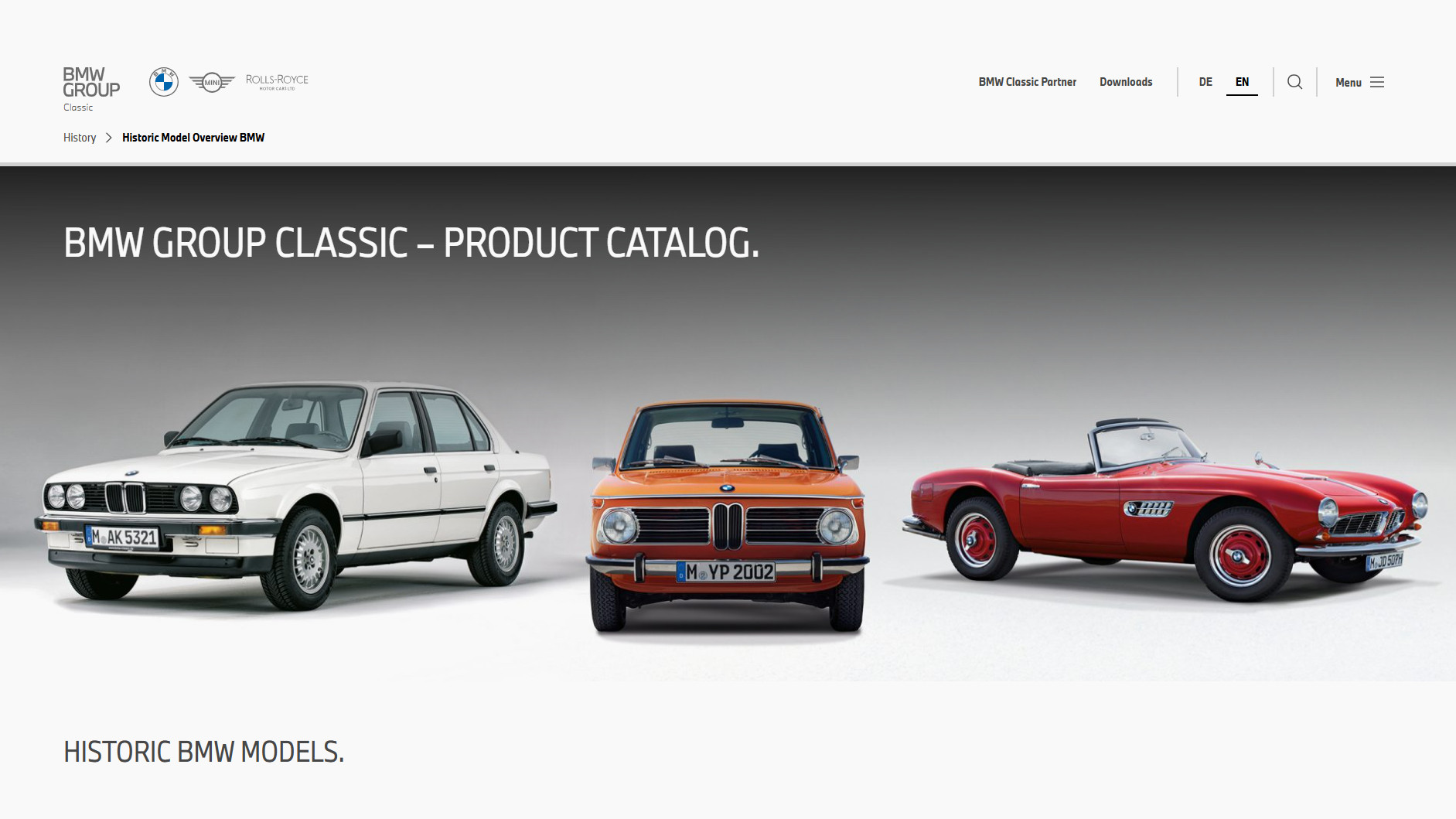 Peruse the new BMW Group Archive to explore the evolution of BMW design over the decades
Peruse the new BMW Group Archive to explore the evolution of BMW design over the decadesFor lovers of the marque, BMW’s commitment to online archiving is second to none. The latest website from the Bavarian manufacturer is this extensive visual catalogue of 80 years’ worth of BMW design
-
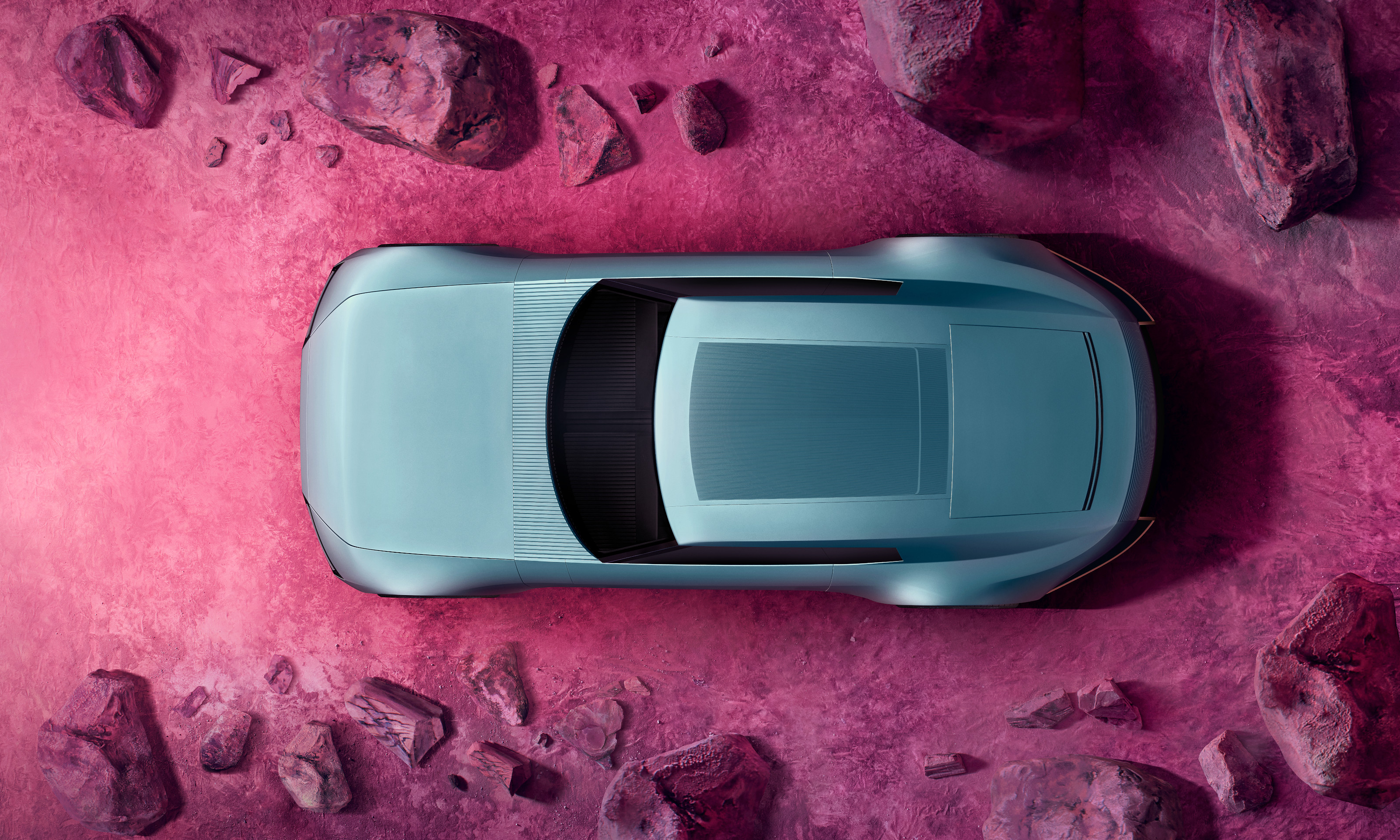 The top 10 concept cars of 2024, as selected by Wallpaper’s Transport Editor
The top 10 concept cars of 2024, as selected by Wallpaper’s Transport EditorWe round up our favourite forays into futuristic design with this collection of concepts and design studies showcasing the transport of tomorrow
-
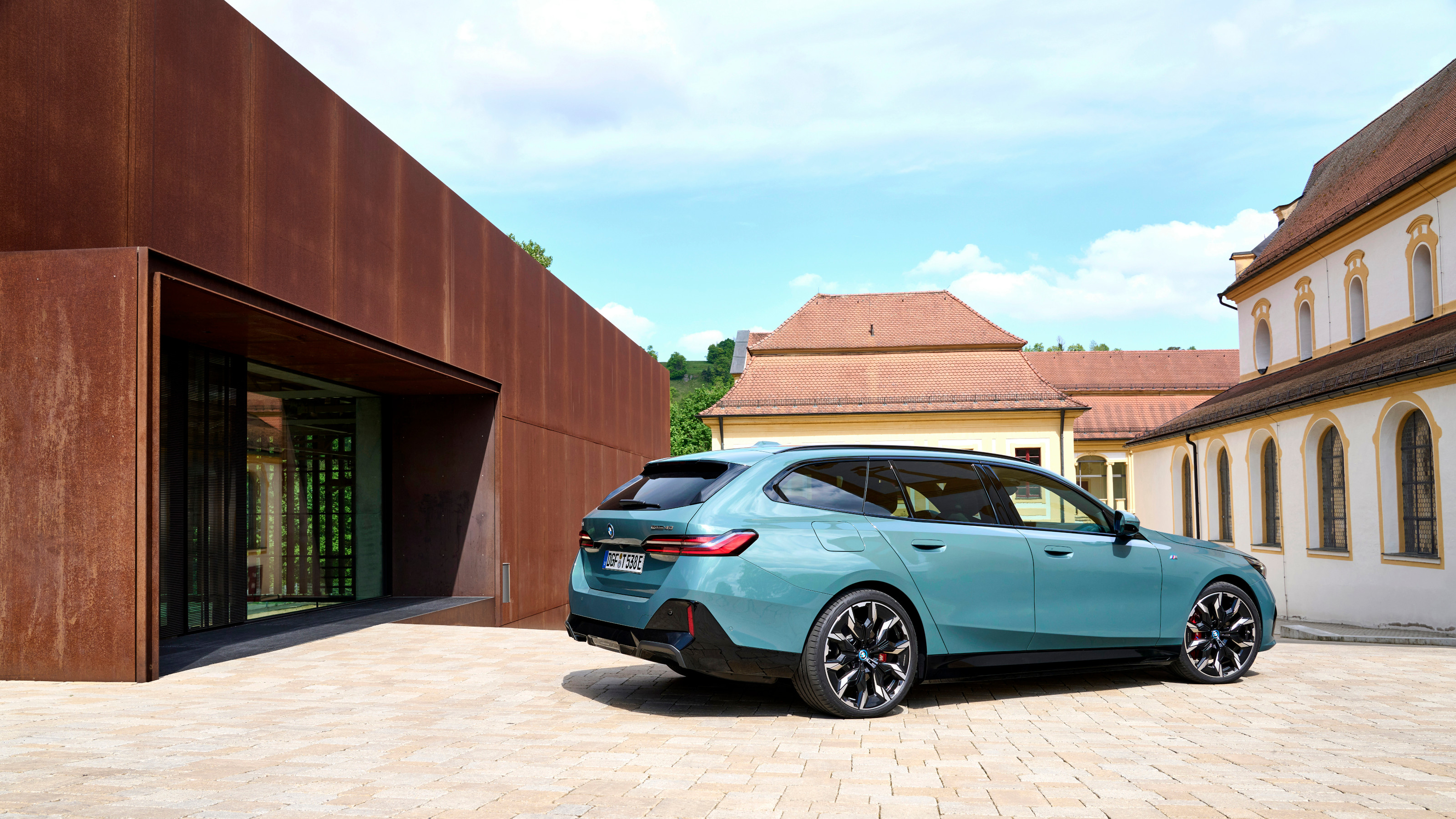 New BMW i5 Touring is an all-electric tech powerhouse that brings the noise
New BMW i5 Touring is an all-electric tech powerhouse that brings the noiseBMW has thrown its considerable expertise into making the i5 eDrive40 M Sport Pro Touring the ultimate zero-emission all-rounder. Jonathan Bell tries it out
-
 BMW’s limited-edition Skytop roadster draws on the past. Could it also predict the future?
BMW’s limited-edition Skytop roadster draws on the past. Could it also predict the future?Just 50 examples of the BMW Skytop are being built, and they’ve all been spoken for. We examine whether this classically styled machine is a harbinger of aesthetic change
-
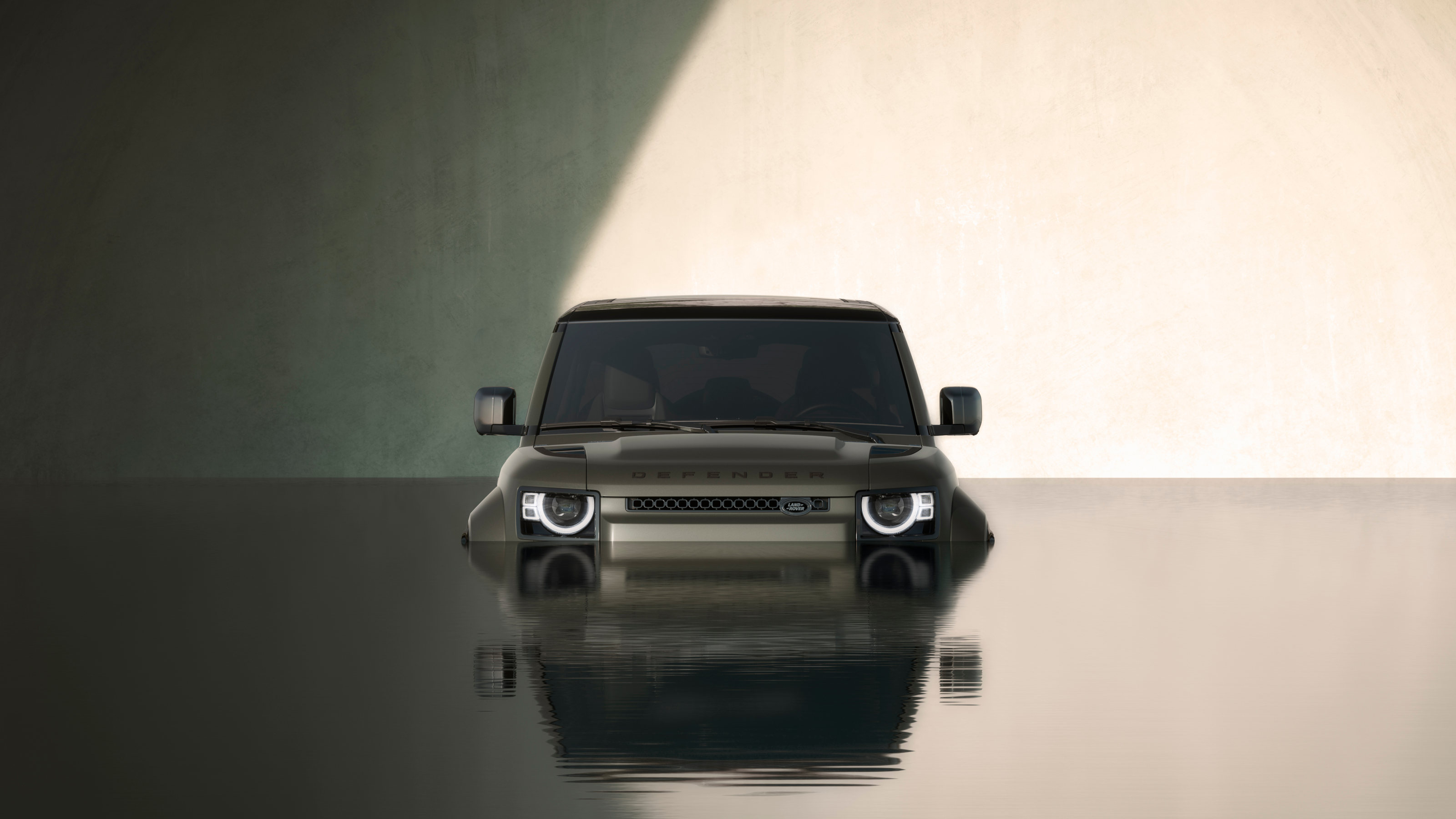 The 2024 Goodwood Festival of Speed hosted a wealth of auto innovation, from hypercars to hot hatches
The 2024 Goodwood Festival of Speed hosted a wealth of auto innovation, from hypercars to hot hatchesThe best new SUVs, EVs, hatchbacks and supercars to emerge from the 2024 Goodwood Festival of Speed
-
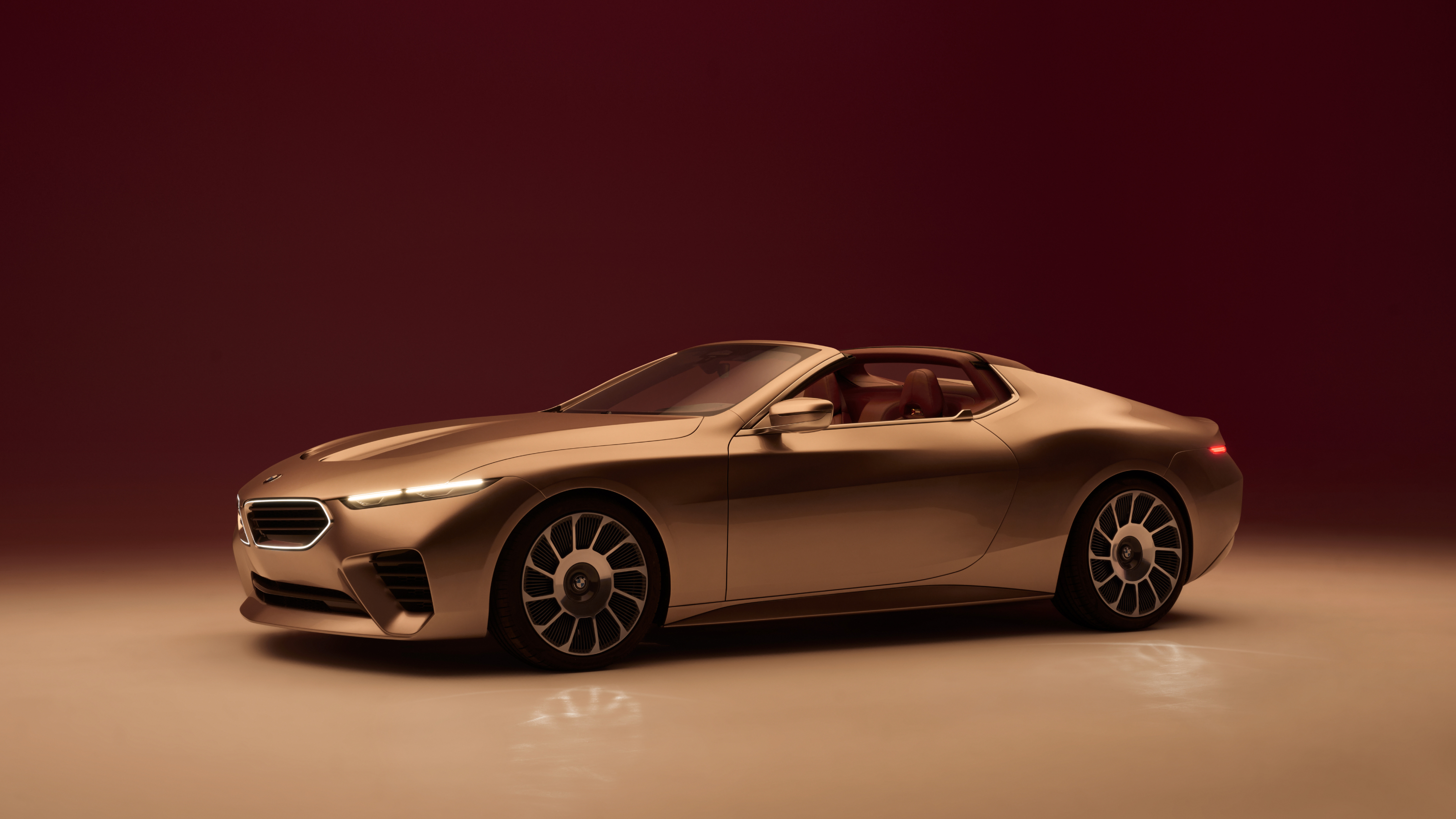 The Concept Mercedes-AMG PureSpeed and BMW Concept Skytop offer drop-top dreams
The Concept Mercedes-AMG PureSpeed and BMW Concept Skytop offer drop-top dreamsBMW and Mercedes-AMG open up with two new convertible concepts, one pitched at performance, the other at the spirit of the good life